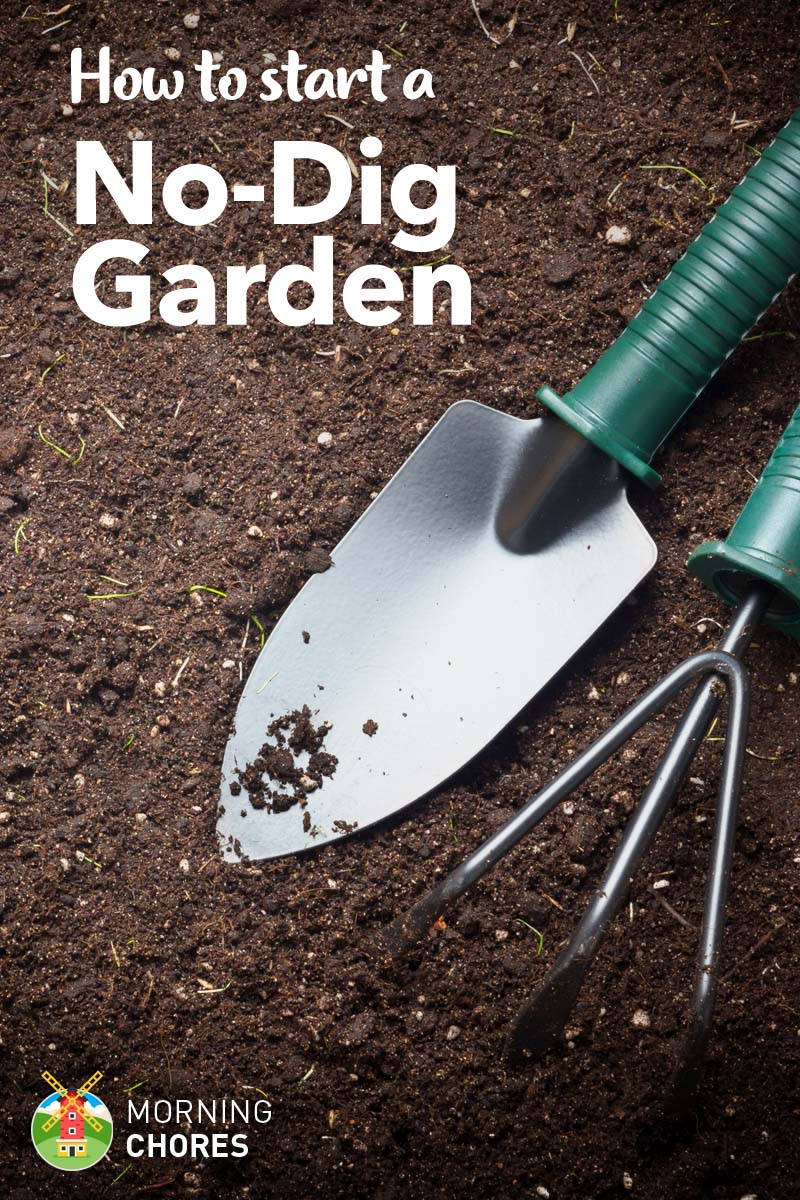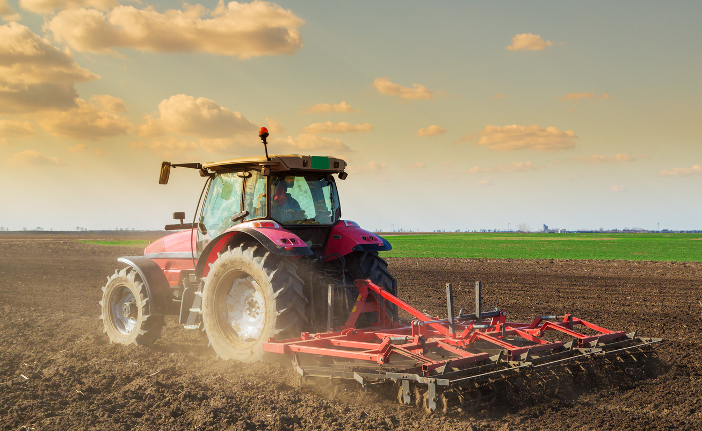How to Start a No-Dig Garden: Tips & Tricks

Imagine a garden where you can grow lush, vibrant plants without ever having to dig into the soil. Sounds like a dream? Welcome to the world of no-dig gardening! This revolutionary technique not only saves you from back-breaking labor but also promotes healthier soil and happier plants. Whether you're a seasoned gardener or a novice, this guide will walk you through the essential tips and tricks for starting your own no-dig garden.
Understanding No-Dig Gardening Techniques
No-dig gardening is a method that focuses on building soil layers rather than tilling the ground. This approach mimics natural processes, allowing the soil to retain its structure and nutrients. By avoiding digging, you preserve the soil's microbiome, which is crucial for plant health.
Why Choose No-Dig Gardening?
- Less Labor: No more digging means less physical strain.
- Healthier Soil: Preserves the soil's natural structure and microorganisms.
- Better Water Retention: Layers of organic matter help retain moisture.
- Reduced Weeds: Mulching suppresses weed growth.
Getting Started: Soil Preparation
The foundation of a successful no-dig garden lies in proper soil preparation. Instead of digging, you'll be layering materials to create a rich, nutrient-dense environment for your plants.
Step-by-Step Soil Preparation
- Choose Your Site: Select a sunny spot with good drainage.
- Cover the Ground: Lay down a thick layer of cardboard or newspaper to suppress weeds.
- Add Organic Matter: Spread a layer of compost, followed by a layer of well-rotted manure.
- Top with Mulch: Finish with a layer of straw, wood chips, or leaf mold.

The Art of Mulching
Mulching is a cornerstone of no-dig gardening. It helps retain moisture, suppresses weeds, and adds organic matter to the soil as it breaks down.
Types of Mulch
- Straw: Excellent for retaining moisture and adding organic matter.
- Wood Chips: Long-lasting and great for pathways.
- Leaf Mold: Rich in nutrients and perfect for improving soil structure.
How to Mulch Effectively
- Layer Thickly: Aim for a layer at least 2-3 inches deep.
- Keep it Moist: Water your mulch regularly to maintain moisture.
- Replenish Regularly: Top up your mulch as it breaks down.
Composting: The Secret to Success
Composting is the process of turning organic waste into a nutrient-rich soil amendment. It's the lifeblood of a no-dig garden.
How to Compost
- Collect Organic Materials: Gather kitchen scraps, yard waste, and other organic materials.
- Build a Compost Pile: Layer green (nitrogen-rich) and brown (carbon-rich) materials.
- Turn Regularly: Aerate your compost pile to speed up decomposition.
Benefits of Composting
- Improves Soil Structure: Adds organic matter that enhances soil texture.
- Enhances Nutrient Availability: Provides a slow release of nutrients.
- Reduces Waste: Turns kitchen and yard waste into a valuable resource.
Building Raised Beds
Raised beds are a fantastic way to control soil conditions and make gardening more accessible. They are particularly useful in no-dig gardening as they allow you to build your soil from scratch.
How to Build a Raised Bed
- Choose Your Materials: Wood, metal, or composite materials can be used.
- Construct the Frame: Build a frame that is at least 12 inches deep.
- Fill with Layers: Start with a layer of cardboard, followed by compost, manure, and topsoil.
Benefits of Raised Beds
- Better Drainage: Elevated beds prevent waterlogging.
- Easier Access: Higher beds reduce strain on your back.
- Controlled Environment: You can tailor the soil to your plants' needs.

Tips for Maintaining Your No-Dig Garden
Once your garden is established, maintaining it is relatively straightforward. Here are some tips to keep your no-dig garden thriving:
Regular Maintenance
- Water Wisely: Use drip irrigation or soaker hoses to ensure even watering.
- Monitor for Pests: Regularly check for pests and diseases.
- Rotate Crops: Change the types of plants you grow in each bed to prevent nutrient depletion.
Adding Nutrients
- Top-Dress with Compost: Apply a fresh layer of compost annually.
- Use Liquid Fertilizers: Supplement with liquid fertilizers as needed.
Conclusion
Starting a no-dig garden is not only a labor-saving technique but also a sustainable and rewarding way to grow your own produce. By understanding the principles of soil preparation, mulching, composting, and building raised beds, you can create a thriving ecosystem that benefits both you and the environment. So, why not give it a try? Your garden (and your back) will thank you!
FAQs
What is the best time to start a no-dig garden?
- You can start a no-dig garden at any time of the year, but early spring or fall is ideal as the soil is easier to work with.
How often should I water my no-dig garden?
- Watering frequency depends on your climate and the types of plants you're growing. Aim for deep, infrequent watering to encourage root growth.
Can I use any type of mulch?
- While many types of mulch are suitable, avoid using fresh wood chips or sawdust as they can rob the soil of nitrogen.
How do I deal with weeds in a no-dig garden?
- Regular mulching and hand-weeding can keep weeds under control. Avoid using herbicides as they can harm the soil microbiome.
What if I don't have space for a compost pile?
- Consider using a compost tumbler or vermicomposting (composting with worms) if space is limited. Both methods are effective and space-efficient.
0 Response to "How to Start a No-Dig Garden: Tips & Tricks"
Post a Comment